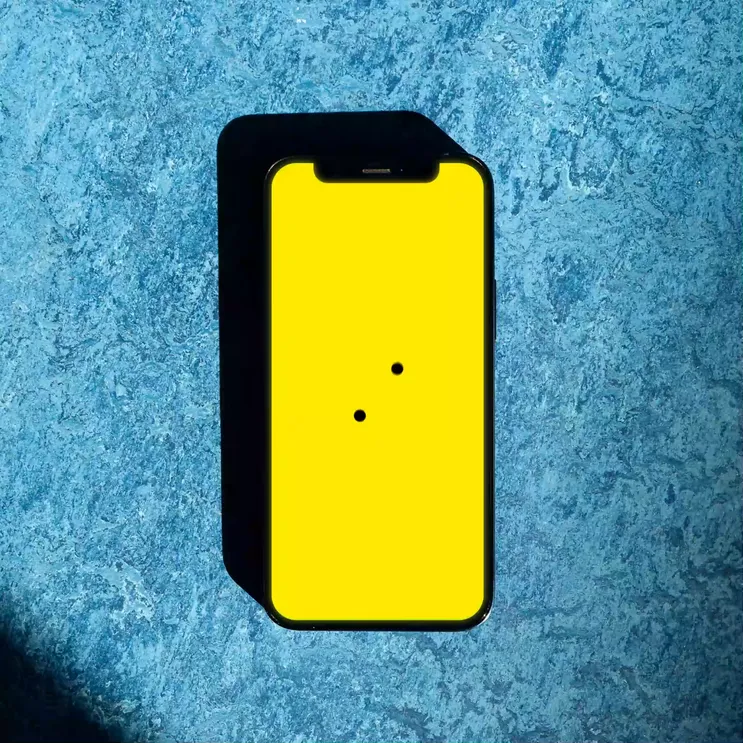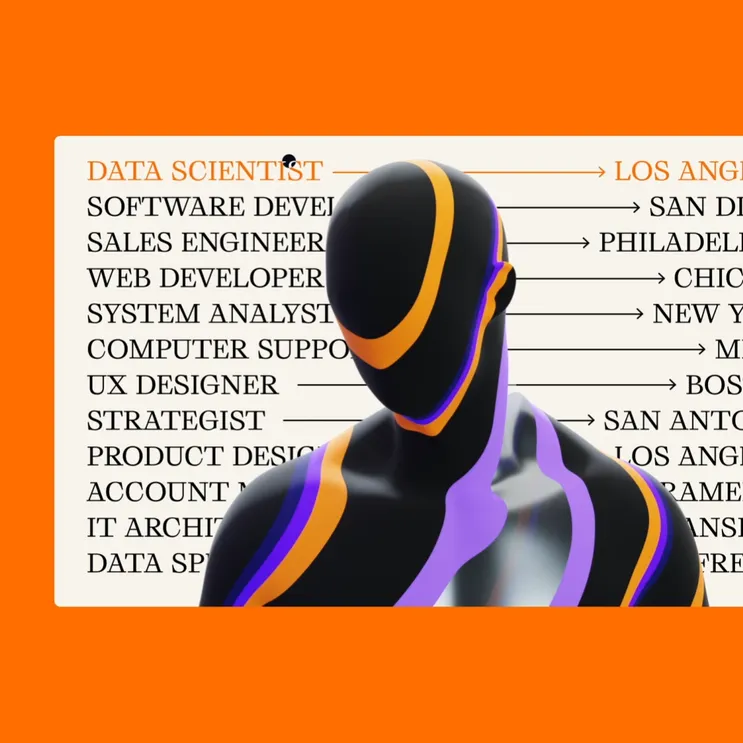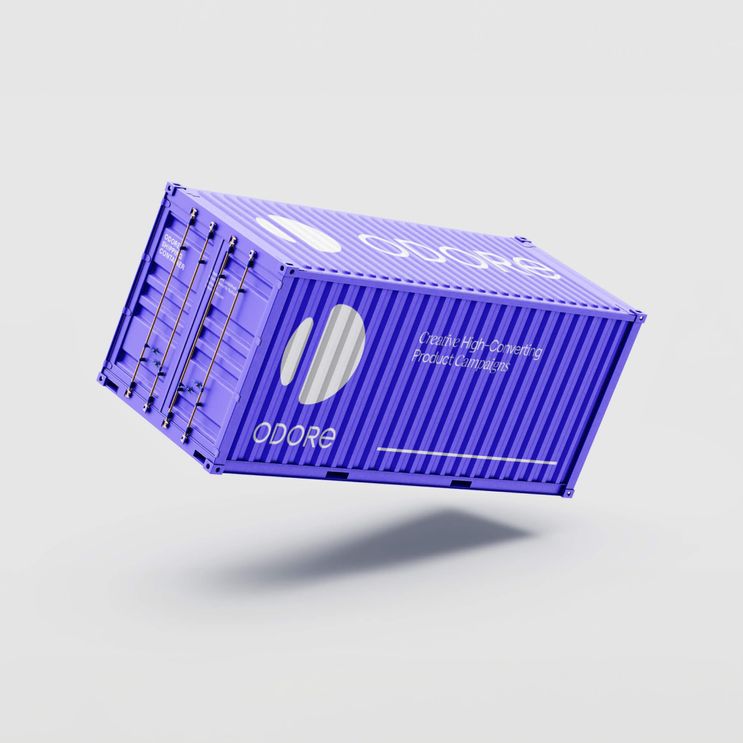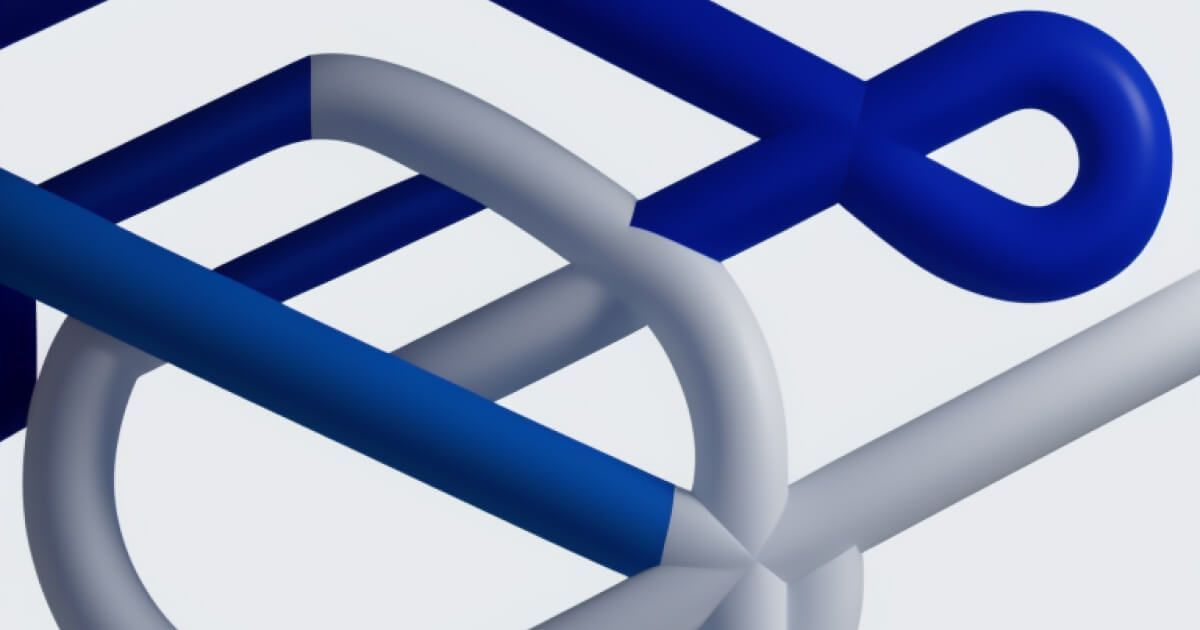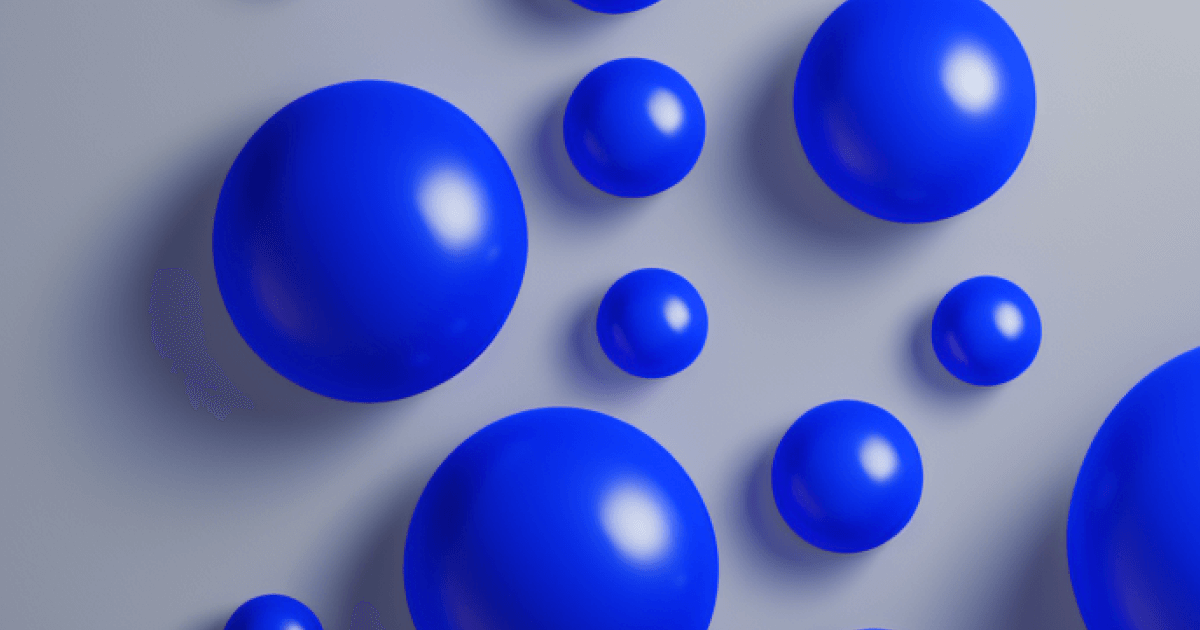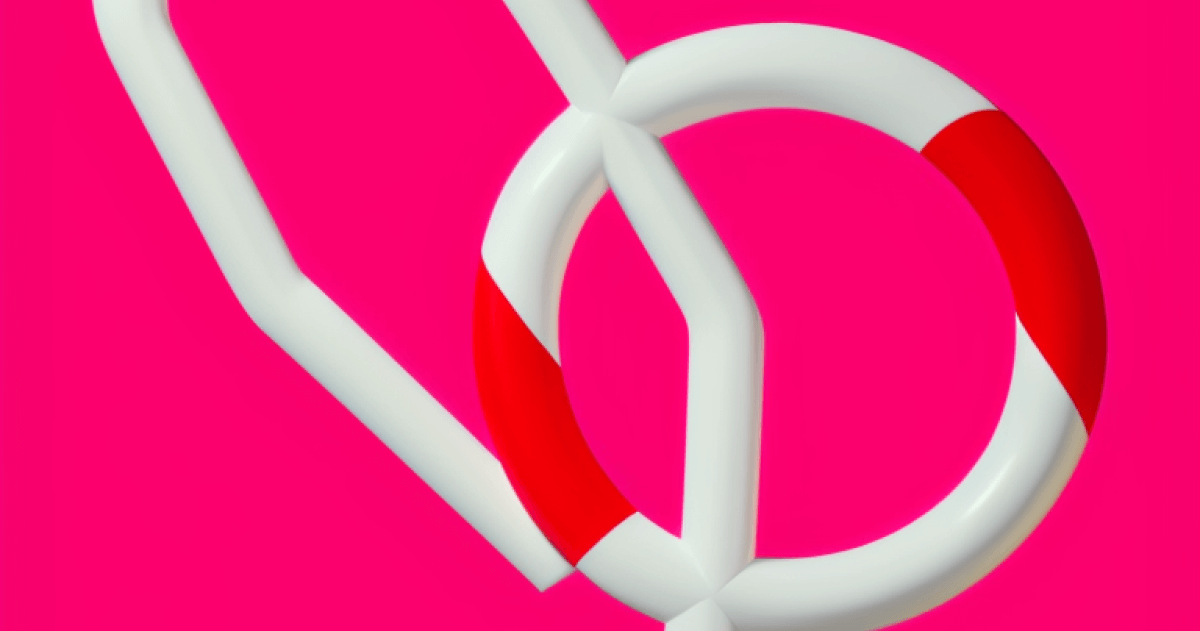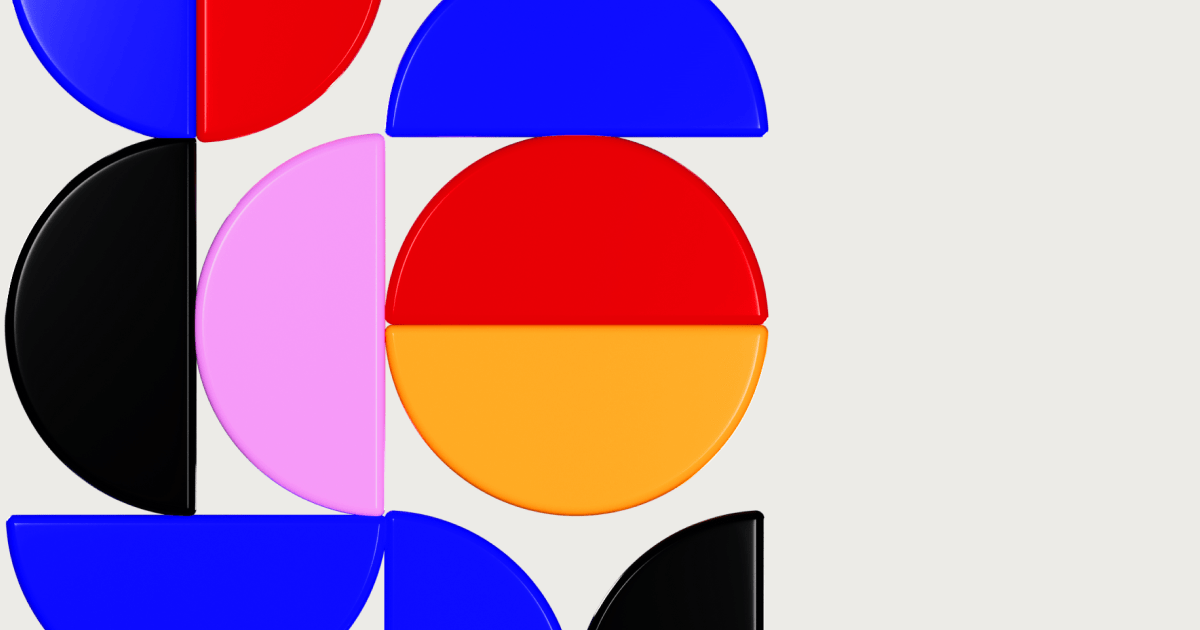Design
5 min read
The Magician's Seal: Branding with Mystery and Marvel
Magician branding is an enchanting marketing strategy that taps into our collective desire for transformation, wonder, and the inexplicable. These brands present themselves as the harbingers of change, turning the ordinary into the extraordinary, and weaving a spellbinding narrative around their products and services. They thrive in creating a world where magic is not just a fantasy but a tangible experience, characterised by awe, mystique, and the power of possibility.
The Appeal of Magician Brands
At the core of magician brands is the promise of transformation and the allure of the unseen. Amidst a marketplace filled with clear-cut and predictable narratives, magician brands introduce an element of wonder, captivating consumers who seek beyond the mundane, desiring experiences that evoke amazement and open the doors to new realms. They create an aura of mystery and the unexpected, deeply resonating with people’s desire to believe in something greater and more fantastical.
Magician brands promise a journey, an evolution. Their ethereal and captivating ethos draws in individuals who value change, innovation, and the marvels of what might be, fostering a profound brand connection that often transcends conventional brand relationships.
Examples of Magician Brands
Disney: A brand synonymous with magic and dreams coming true, Disney promises and delivers a world where the impossible becomes possible, making it a paragon of the magician brand archetype.
Sony: With a rich history of innovation in entertainment and technology, Sony consistently turns imagination into reality, embodying the transformative essence of the magician brand.
Mastercard: Beyond just a payment system, Mastercard offers the magic of seamless transactions and global connectivity, turning the ordinary act of payment into an extraordinary experience.
IBM: A pioneer in technological advancements and AI, IBM stands as a beacon of transformation and innovation, propelling businesses and individuals into the future and fitting seamlessly into the magician archetype.
Dyson: Not just a household appliance brand, Dyson promises a revolution in daily tasks, turning mundane chores into experiences filled with efficiency and innovation, a clear nod to the magician archetype.
The Potential Pitfalls
Magician branding, while enchanting, carries its own set of challenges. The promise of transformation and wonder means they must continually innovate and push boundaries. Any failure to deliver on their transformative promise or a waning sense of wonder can harm their reputation, as consumers expect them to constantly redefine the horizon.
For example, a groundbreaking technology brand, if it stagnates and fails to introduce pioneering products, can quickly lose its magical allure. This vulnerability emphasises the need for magician brands to persistently innovate and inspire.
A Case Study in Reputation Damage
Blackberry, once a giant in the smartphone realm, exemplified the magician brand by transforming the way we viewed mobile communication. However, their inability to adapt and innovate in the face of competition from other tech giants led to a significant decline in their reputation and market share. This serves as a stark reminder that magician brands, while influential and inspiring, must be at the forefront of change and innovation.
Magician branding offers a transformative approach for businesses seeking to captivate and inspire their audience. While there are inherent risks, the rewards of successfully executing a magician branding strategy can be monumental, leading to a lasting impact and a devoted customer base.
In an age of rapid technological advancements and a thirst for the novel, we can expect to see more brands embracing this magical and transformative approach, challenging the norms of branding and reshaping the consumer landscape. As the lines between reality and fantasy blur, magician brands are poised to redefine what is possible in the world of branding and marketing.












